Chris Conlan - Automated Trading with R: Quantitative Research and Platform Development
Here you can read online Chris Conlan - Automated Trading with R: Quantitative Research and Platform Development full text of the book (entire story) in english for free. Download pdf and epub, get meaning, cover and reviews about this ebook. publisher: Apress, Berkeley, CA, genre: Home and family. Description of the work, (preface) as well as reviews are available. Best literature library LitArk.com created for fans of good reading and offers a wide selection of genres:
Romance novel
Science fiction
Adventure
Detective
Science
History
Home and family
Prose
Art
Politics
Computer
Non-fiction
Religion
Business
Children
Humor
Choose a favorite category and find really read worthwhile books. Enjoy immersion in the world of imagination, feel the emotions of the characters or learn something new for yourself, make an fascinating discovery.
- Book:Automated Trading with R: Quantitative Research and Platform Development
- Author:
- Publisher:Apress, Berkeley, CA
- Genre:
- Rating:5 / 5
- Favourites:Add to favourites
- Your mark:
Automated Trading with R: Quantitative Research and Platform Development: summary, description and annotation
We offer to read an annotation, description, summary or preface (depends on what the author of the book "Automated Trading with R: Quantitative Research and Platform Development" wrote himself). If you haven't found the necessary information about the book — write in the comments, we will try to find it.
Chris Conlan: author's other books
Who wrote Automated Trading with R: Quantitative Research and Platform Development? Find out the surname, the name of the author of the book and a list of all author's works by series.

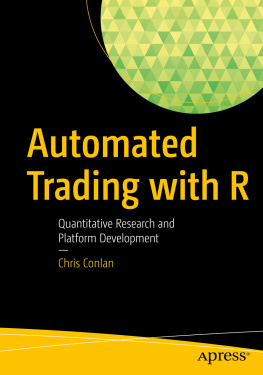
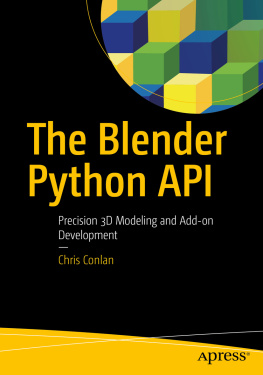


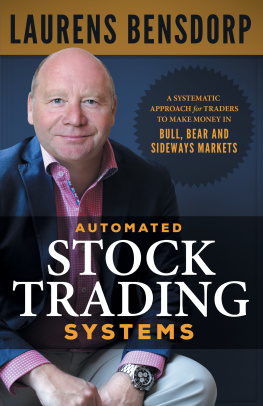
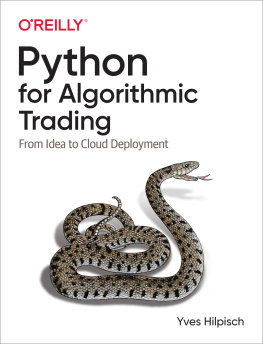


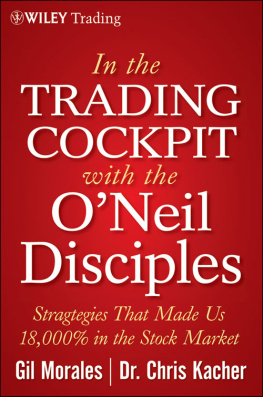

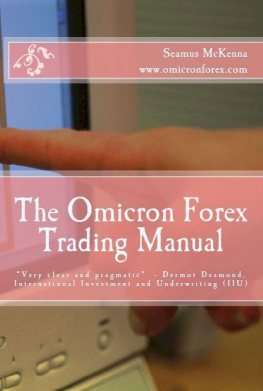
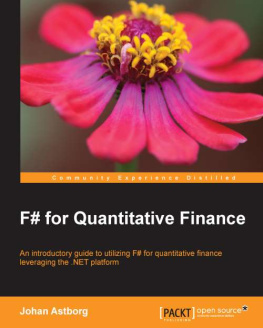
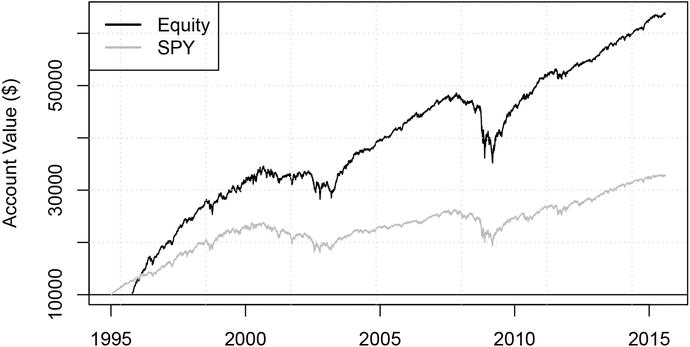
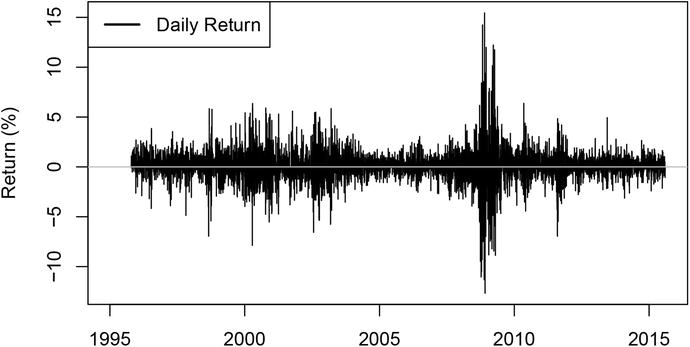
 to be the dollar value of the portfolio before adjustment and
to be the dollar value of the portfolio before adjustment and  to be the dollar value of the portfolio after adjustment for t in 0, 1, 2,..., T , where t= 0 represents the beginning of simulation and t=T represents the current time.
to be the dollar value of the portfolio after adjustment for t in 0, 1, 2,..., T , where t= 0 represents the beginning of simulation and t=T represents the current time. , with transitions from t 0 to t 1 happening instantaneously when an algorithm automatically adjusts the portfolio.
, with transitions from t 0 to t 1 happening instantaneously when an algorithm automatically adjusts the portfolio. and
and  as uninvested cash at t 0 and t 1, and K t as trading costs incurred during instantaneous adjustment from t 0 to t 1. The equity curve at time t 0 is equal to the following:
as uninvested cash at t 0 and t 1, and K t as trading costs incurred during instantaneous adjustment from t 0 to t 1. The equity curve at time t 0 is equal to the following: 
 for t =0. Further, we note that the difference between
for t =0. Further, we note that the difference between  and
and  is the total of trading costs incurred during the adjustment period, from t 0 to t 1.
is the total of trading costs incurred during the adjustment period, from t 0 to t 1. 
 for t in 0, 1,..., T . The choice of
for t in 0, 1,..., T . The choice of  over
over  is intended to reflect the impact of commissions in the equity curve.
is intended to reflect the impact of commissions in the equity curve. . We say that
. We say that  if i is active at t 1. We define j i as the asset initiated in trade i . Further, allow
if i is active at t 1. We define j i as the asset initiated in trade i . Further, allow  and
and  to be subsettable by asset such that
to be subsettable by asset such that  represents the value of asset j in the portfolio at time t 1.
represents the value of asset j in the portfolio at time t 1.
 or
or  . This is because
. This is because  and
and 